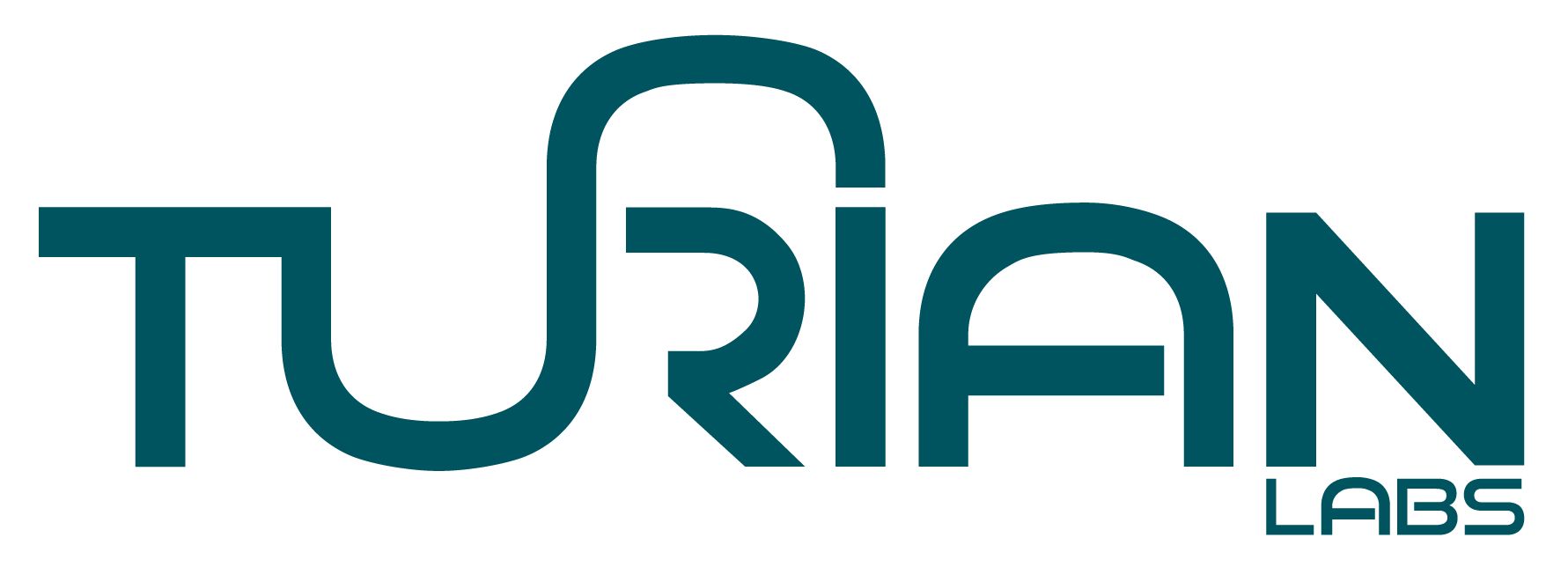Healthcare in India - Who is the payer?
(This article was published for Next Step Asia (a German Accelerator initiative), where Turian Labs is a partner for their Next Step India* program)
The Indian healthcare system has evolved significantly over the years, with the eradication of polio, reduction of infant mortality rate, and improvement in the overall delivery of medical services. Over the years, the private sector has led improvements in the diagnostic, preventive and wellness space, along with strengthening the specialised care delivery. This has improved the availability of healthcare across the spectrum of care and delivery, at least in an urban context. Unfortunately, the rural areas or the Tier 3 towns still face a lack of readily accessible healthcare services, which are primarily driven by the public sectors.
Who is the payer?
While it is a fact that India has one of the lowest costs of healthcare services in the world, but good quality healthcare is still out of reach for the majority of the population. In India, 65% of the expenditure is out of pocket (an individual has to pay for the majority of the medical bills). Less than 50% of the population have some form of health insurance. A majority of the insured population are covered under government-sponsored schemes and such schemes have significant coverage limitations. Insurance companies are constantly trying to design innovative products that offer optimal pricing and coverage.
Role of stand-alone health insurance providers
Stand-alone health insurance providers have been gaining traction over the years. As specialists in the health insurance domain, they are able to innovate products while keeping in mind the healthcare needs of different strata of the population. They are also creating micro-insurance solutions which fulfill customer needs, which were previously considered difficult to meet.
Micro-insurance policies are essentially structured around time, coverage or usage. This in-turn makes the products more economical and accessible.
A case in point being the current COVID crisis, which has led to a spike in COVID specific micro-insurance policies. These are fixed benefit covers, with sum assured varying from Rs.21,000 to Rs. 2 lacs, with premium as low as Rs.150 upto Rs.3,000.
Ayushman Bharat - democratising access to healthcare
Ayushman Bharat is an initiative by the Indian Government to move from a selective approach to health care to deliver a comprehensive range of services. It has two components which are complementary to each other.
Under its first component, 150,000 Health & Wellness Centres (HWCs) will be created to deliver Comprehensive Primary Health Care that is universal and free to users, with a focus on wellness and the delivery of an expanded range of services closer to the community.
The second component is the Pradhan Mantri Jan Arogya Yojana (PM-JAY) which provides health insurance cover of Rs. 500,000 per year to over 10 crores (100m) poor and vulnerable families seeking secondary and tertiary care.
(Source: National Health Authority, India)
These factors are potential game-changer for the overall healthcare ecosystem in India if seen through the lens of "Who is the payer?". This also provides enough impetus to other ecosystem players to truly create an impact by making healthcare more affordable and accessible without compromising on the quality of care.
* Turian Labs is the partner for the Next Step India program of German Accelerator where we help the German startups sharpen their value proposition for the India entry strategy. We are currently working with the 2nd cohort of startups from the logistics, mobility, healthcare, edutech and IoT space.

